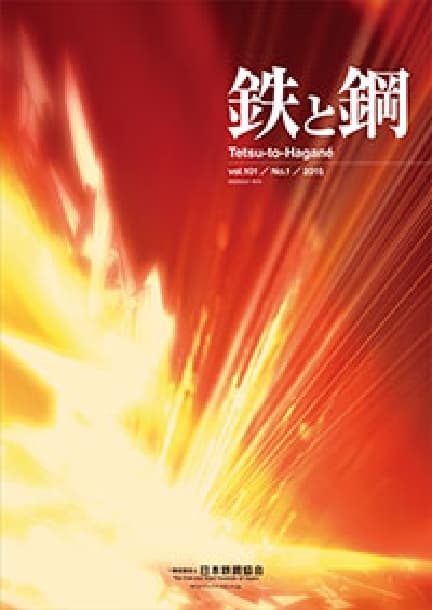STUDY ON THE PRESSURE LOSS AND HEAT-TRANSFER IN THE PACKED COLUMN FROM THE METALLURGICAL STANDPOINT
Nobuo Nakamura, Rokuo Ichiyasu, Yutaka Sato
pp. 1089-1093
Abstract
The pressure loss and heat-transfer in the packed column were studied at elevated temperatures. In spite of many investigations most of their results were based on comparatively low temperature experiments relating chemical industries.
The authors found that their results were hardly available for elevated temperature fluid (more than 300°C mean temperature) and obtained experimental formulas available for the fluid of 300°C, 450°C and room temperature. Air was used as the flowing fluid and magnesia clinker as packed material. The authors' formulas were led from the results of dimensional analysis and could apply 40-500 Reynolds number. Heat-transfer in the packed column at elevated temperaby use tures was analysed of Kuzuoka's equation that had already reported.










